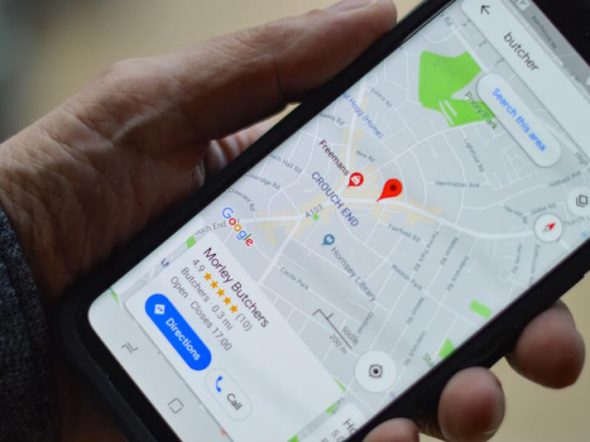Due to the challenges posed by globalization and the world's increasing connectivity, small businesses face mounting pressure to adapt to a rapidly changing market. If not, they may risk losing the race against businesses across the globe. Fortunately, small business owners have proven that online mapping software can significantly help optimize operations, gain detail about a target market and improve customer satisfaction.
This post will dive into these, among other key reasons, why small businesses should prioritize using mapping software to stay competitive with some insight into real-world applications.
Optimizing Routes for Streamlined Performance
One of the key reasons why small businesses need mapping software is to enhance their operational efficiency. With the ability to provide up-to-date data on traffic conditions, road closures, and other hindrances, mapping software facilitates streamlined planning and optimization of routes.
For example, delivery firms can leverage mapping software to identify the most efficient routes for their drivers, reducing delivery times and increasing customer satisfaction. Service-oriented businesses like pest control or landscaping firms can also utilize mapping software to plan their daily schedules, thereby reducing travel time and expenses. As the business equation goes, lower costs equal higher profits.
More Targeted Marketing Campaigns
A second reason all small businesses should use mapping software is that their result is often improved marketing efforts. With location-based data, businesses can learn much about specific demographic groups based on location. With the ability to analyze geographic data, businesses can identify areas with high concentrations of potential customers and direct their marketing campaigns accordingly. Effective use of this tool has resulted in increased brand awareness, better lead generation, and, ultimately, increased sales for many businesses.
Managing Customer Expectations
Another important benefit of online mapping software is that it can improve customer service. With mapping software, businesses can provide accurate and up-to-date information on location and delivery times, which is essential for meeting customer expectations. For example, restaurants and food delivery services like Uber Eats can use mapping software to provide customers with real-time updates on the status of their food orders. In contrast, retailers can use mapping software to give customers accurate delivery estimates. This level of transparency and communication can help to build customer loyalty, which is essential for long-term success.
Identifying Trends for Product and Pricing Strategies
Last but not least, mapping software can help businesses understand customer data to identify trends and patterns that inform product development and pricing strategies.
By analyzing data on a geographic map, businesses can identify areas with high concentrations of potential customers and customize their product offerings accordingly. For example, a small business might use mapping software to identify regions with a higher demand for a particular product type and adjust its pricing strategy to reflect this demand. This approach can help small businesses stay competitive by offering products that meet customer needs and preferences.
Conclusion
Small businesses can significantly improve their customer analysis, marketing efforts, operational efficiency, data visualization, and decision-making through the use of mapping software. This valuable tool provides real-time data updates and customizable map layers that offer new insights into business operations. Moreover, with mapping software, small businesses can make more data-driven decisions and gain a competitive edge.
However, with many tools on the market, small business owners must first examine their business' requirements to understand which tool most closely matches their needs.
